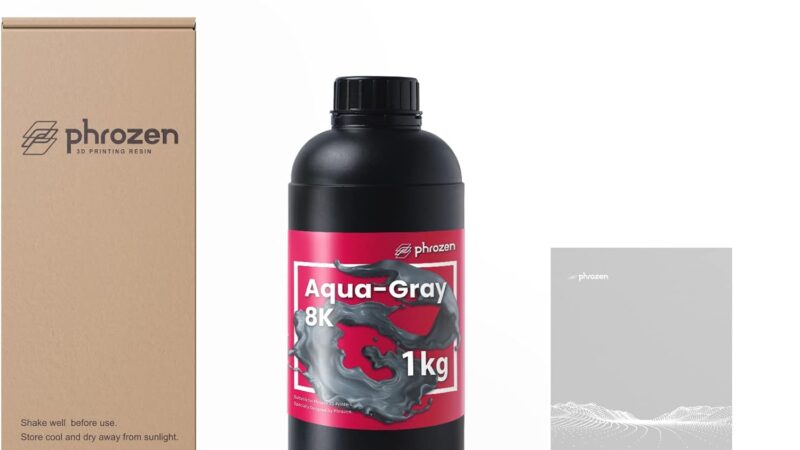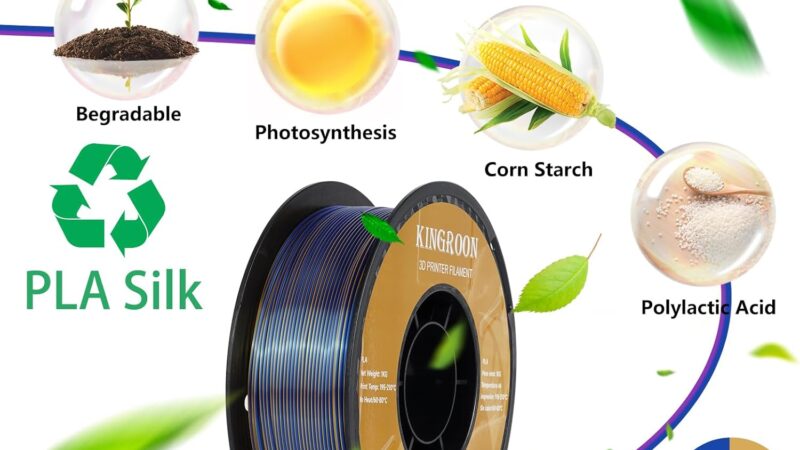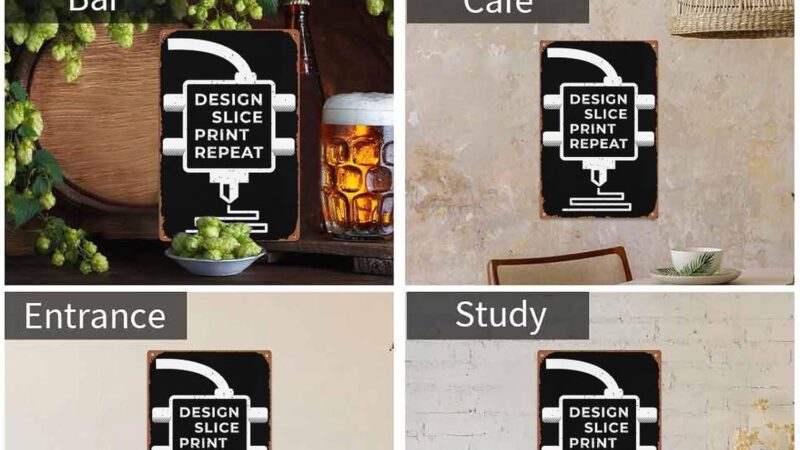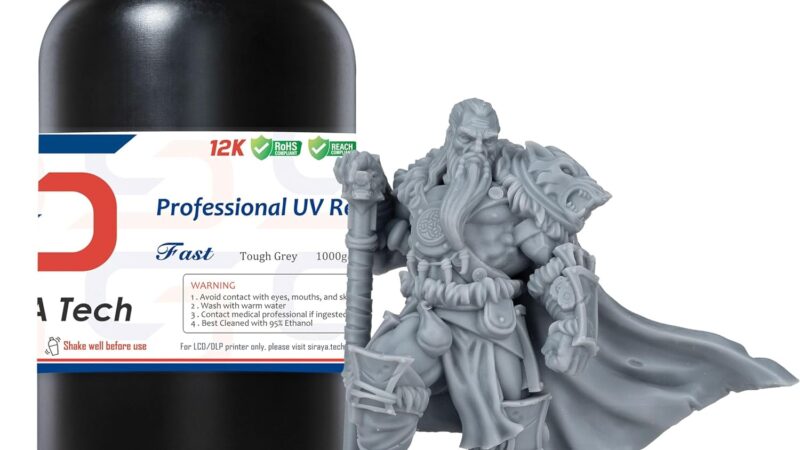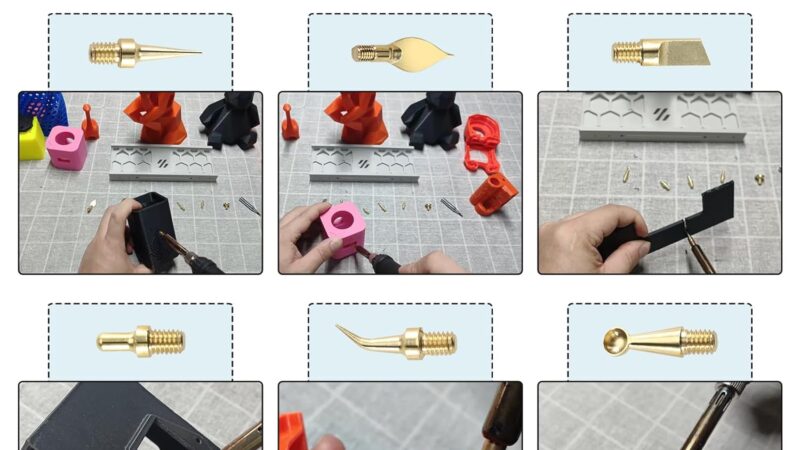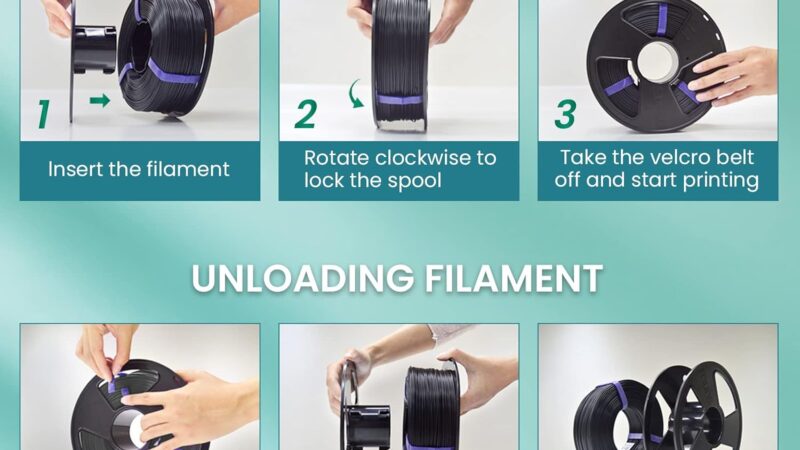Factors to Consider When Choosing a 3D Printer
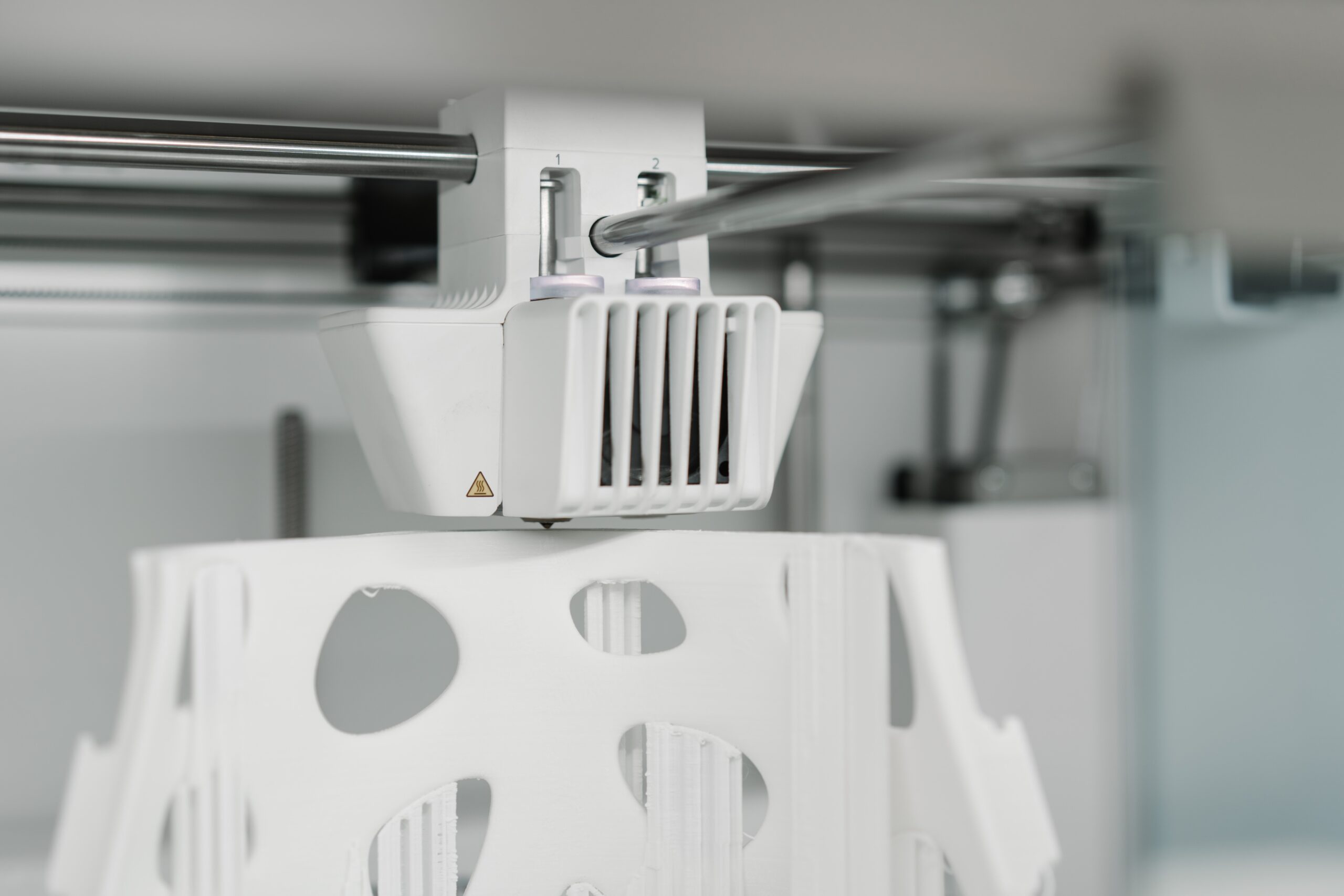
Are you eager to explore the world of 3D printing? Well, look no further! When it comes to choosing a 3D printer, there are several important factors to consider. From the printer’s printing technology and resolution capabilities to its software compatibility and filament options, we’ve got you covered. In this article, we will delve into the key factors to consider when selecting a 3D printer that suits your needs and helps bring your creative visions to life. So, buckle up and let’s embark on this exciting journey together!

This image is property of images.unsplash.com.
1. Budget
When it comes to choosing a 3D printer, one of the first factors you should consider is your budget. 3D printers come in a wide range of prices, so determining how much you are willing to spend will help narrow down your options. It’s important to remember that the cost of the printer is not the only expense you will incur – you will also need to consider the cost of materials, maintenance, and any additional accessories you may need. By setting a budget from the start, you can ensure that you find a printer that meets your needs without breaking the bank.
Factors to consider:
- Your affordability: Determine how much you are comfortable spending on a 3D printer. Consider your overall budget and how much value you expect to get from the printer.
- Long-term costs: In addition to the initial purchase price, be sure to consider the ongoing expenses such as filament, replacement parts, and maintenance.
- Balance between price and features: While it’s tempting to go for the cheapest option available, it’s essential to strike a balance between price and the features you require. Don’t sacrifice quality and functionality for a lower price tag if it’s not suitable for your needs.
2. Purpose
Before diving into the world of 3D printing, it’s crucial to define your purpose for acquiring a 3D printer. Are you a hobbyist looking to explore the possibilities of 3D printing, or are you a professional in need of high-precision printing for specific applications? Determining your purpose will help guide your decision-making process.
Factors to consider:
- Hobbyist or professional use: Different 3D printers are designed for different purposes. Hobbyist printers may focus more on affordability and ease of use, while professional printers prioritize precision and durability.
- Types of objects you plan to print: Consider the size and complexity of the objects you intend to print. Some printers excel at printing small, intricate models, while others are better suited for larger objects with simpler designs.
- Compatibility with your industry: If you are a professional in a specific field such as engineering or architecture, make sure the 3D printer you choose is compatible with the software and file formats commonly used in your industry.
3. Print Quality
The print quality of a 3D printer is a crucial factor to consider, especially if you are looking for high-resolution prints or intricate details. The quality of the printer’s components, such as the extruder and build plate, as well as the printer’s ability to maintain consistent temperatures, can greatly impact the quality of your prints.
Factors to consider:
- Layer resolution: The layer resolution determines the level of detail and smoothness of your prints. A printer with a lower layer resolution will generally provide more precise and polished prints.
- Consistency: Look for a printer that can consistently maintain the set temperature throughout the printing process. Fluctuations in temperature can result in failed prints or lower quality output.
- Calibration options: Check if the printer offers calibration options to fine-tune its settings. This feature can help you achieve optimal print quality by adjusting parameters such as extrusion rate and bed leveling.
4. Printing Material
Another vital consideration when choosing a 3D printer is the variety of printing materials it can handle. Different printers have different material compatibility, so be sure to choose one that suits your needs. Most printers can handle commonly used materials such as ABS and PLA, but if you require more specialized materials, such as metal or flexible filaments, you will need to ensure that the printer supports them.
Factors to consider:
- Available materials: Determine the types of materials you plan to print with and ensure that the printer is compatible with those materials. Some printers may have limitations when it comes to certain materials.
- Material properties: Consider the specific properties of the materials you want to use. For example, if you require heat resistance or flexibility, make sure the printer can handle those materials effectively.
- Filament diameter: Check the filament diameter compatibility of the printer. Most printers utilize either 1.75mm or 3.00mm filaments, so ensure that the printer you choose supports the diameter you prefer or have access to.

This image is property of images.unsplash.com.
5. Build Volume
The build volume of a 3D printer refers to the maximum size of the objects it can print. If you plan to print large-scale or complex models, you’ll need a printer with a sufficient build volume. It’s important to keep in mind that larger build volumes often come with higher price tags, so consider your needs when evaluating this factor.
Factors to consider:
- Object size requirements: Determine the largest and smallest objects you plan to print and ensure that the printer’s build volume can accommodate them.
- Print bed dimensions: Aside from the physical size of the printer, consider the dimensions of the print bed. The print bed size will determine the maximum width and depth of your prints.
- Print volume limitations: Some printers may have design constraints that limit the usable space within the build volume. Check if there are any limitations, such as non-printable areas or obstructions within the build area.
6. Print Speed
Print speed can significantly impact your overall printing experience, especially if you have large volumes of objects to print or need faster turnaround times for your projects. However, it’s important to note that higher print speeds can sometimes compromise print quality. Finding the right balance between speed and quality is key.
Factors to consider:
- Speed specifications: Check the printer’s specifications for its maximum print speed. Keep in mind that the actual print speed may vary depending on factors such as the complexity of the model and the layer height.
- Print quality trade-offs: Faster print speeds can sometimes result in lower overall print quality, such as decreased resolution or increased artifacts. Consider whether speed or print quality is a higher priority for your needs.
- Adjustable speed settings: Look for printers that offer adjustable speed settings. Being able to optimize print speed based on the specific requirements of each print can be beneficial.

This image is property of images.unsplash.com.
7. Connectivity Options
The connectivity options offered by a 3D printer can greatly affect its ease of use and convenience. Depending on your preferences, you may want a printer that can be easily connected to your computer via USB, or perhaps you prefer a wireless connection that allows for remote monitoring and control. Consider the connectivity options that align with your workflow and accessibility needs.
Factors to consider:
- USB connectivity: Determine if the printer supports USB connectivity, as this allows for direct communication and printing from your computer.
- Wireless connectivity: Check if the printer offers Wi-Fi or Bluetooth connectivity, which allows for wireless transfer of print files and remote control via mobile or computer applications.
- SD card compatibility: Some printers offer SD card slots, which allow you to save your print files directly onto a memory card for easy transfer and printing.
8. Ease of Use
When choosing a 3D printer, it’s essential to consider its ease of use. Whether you are a beginner or an experienced user, a printer with user-friendly features and intuitive software can greatly enhance your overall printing experience.
Factors to consider:
- User interface: Look for a printer with a user-friendly interface that is easy to navigate and understand. Touchscreens and well-designed menus can simplify the printing process.
- Printing software: Consider the software that comes with the printer or is recommended for use with it. Check if it is user-friendly, compatible with your operating system, and offers necessary features like model slicing and support generation.
- Auto-leveling and calibration: Some printers offer automatic bed leveling and calibration features, which can save you time and effort during the setup and printing process.
9. Warranty and Support
When investing in a 3D printer, it’s important to consider the warranty and support options provided by the manufacturer. Printers can encounter issues or require maintenance, so having reliable support and warranty coverage ensures peace of mind.
Factors to consider:
- Warranty coverage: Determine the length and extent of the warranty that comes with the printer. Check if it covers any potential defects or damage that may occur.
- Customer support: Research the manufacturer’s reputation for customer support and responsiveness. Look for reviews and testimonials from other users to ensure that reliable help is available when needed.
- Online resources and communities: Check if the manufacturer provides online resources such as tutorials, forums, or user communities. These can be valuable sources of information and assistance during your 3D printing journey.
10. Additional Features
Lastly, consider any additional features that may enhance your overall 3D printing experience. While not essential, these features can provide added convenience and functionality.
Factors to consider:
- Dual extruders: Some printers offer dual extruders, allowing you to print with multiple colors or materials simultaneously. This feature can expand your creative possibilities.
- Filament run-out detection: Look for printers that have filament run-out detection, which pauses the printing process when the filament runs out or breaks. This feature prevents failed prints and wasted materials.
- Heated print bed: A heated print bed can help improve print adhesion and minimize warping or curling of prints, especially when working with materials like ABS.
- Enclosed build chamber: An enclosed build chamber helps regulate temperature and reduce the risk of drafts or external contamination. This feature can be particularly beneficial when printing with materials that require a stable environment.
By considering these factors when choosing a 3D printer, you can find the perfect match for your specific needs and requirements. Remember to balance your budget, purpose, print quality, materials, build volume, print speed, connectivity, ease of use, warranty and support, and any additional features that may enhance your printing experience. Happy printing!
